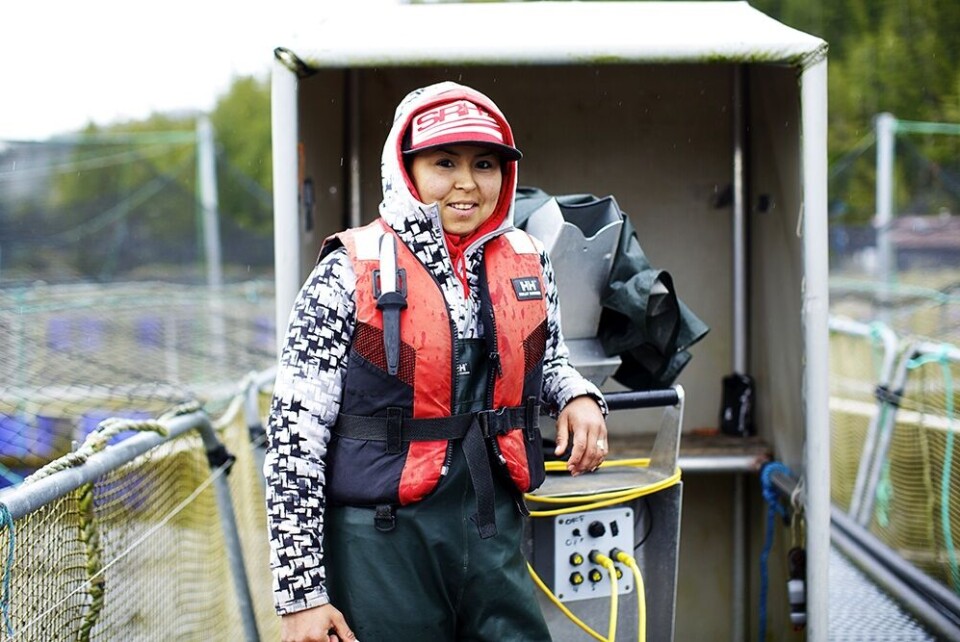
Lack of labour proves costly
Labour shortages in 2014 cost the Canadian aquaculture industry $57 million, and these losses are expected to rise.
Aquaculture is Canada’s fastest growing agriculture industry, yet a major problem from coast to coast is finding people to work on the farms.
Over a 3-year period, the Canadian Agricultural Human Resource Council (CAHRC) examined the Canadian aquaculture industry (not including processing). According to their report - Aquaculture: Labour Market Forecast to 2025 - in 2014 aquaculture employed 4,000 workers, primarily in British Columbia and the Maritimes.
A survey conducted as part of the study found that labour shortages affected over 50% of operators, resulting in 450 jobs going unfilled due to a lack of domestic workers. While the number of vacant jobs is relatively small, this labour shortfall is estimated to have cost the industry $57 million in lost sales. More than one in four survey respondents (29%) reported that they delayed production, and 21% reported that they lost sales, due to a lack of available workers.
The study projects that a strong global market demand for fish protein will increase average production outputs by 4.2% per year for the next 10 years.
While the number of aquaculture farms has dropped by 20% since 2008, the remaining operations have increased in size and capacity due to consolidation.
To meet production targets, the industry is expected to require 5,800 workers by 2025. However, as many as 1,300 jobs could go unfilled due to a lack of available domestic workers.
On the bright side, aquaculture’s younger-than-average domestic workforce means that the industry can expect to lose fewer workers to retirement.
To address the labour issues identified by their research, CAHRC, with the help of the Government of Canada, has developed agriculture-specific human resource tools designed to support modern farm operations to manage their workforce.






















































